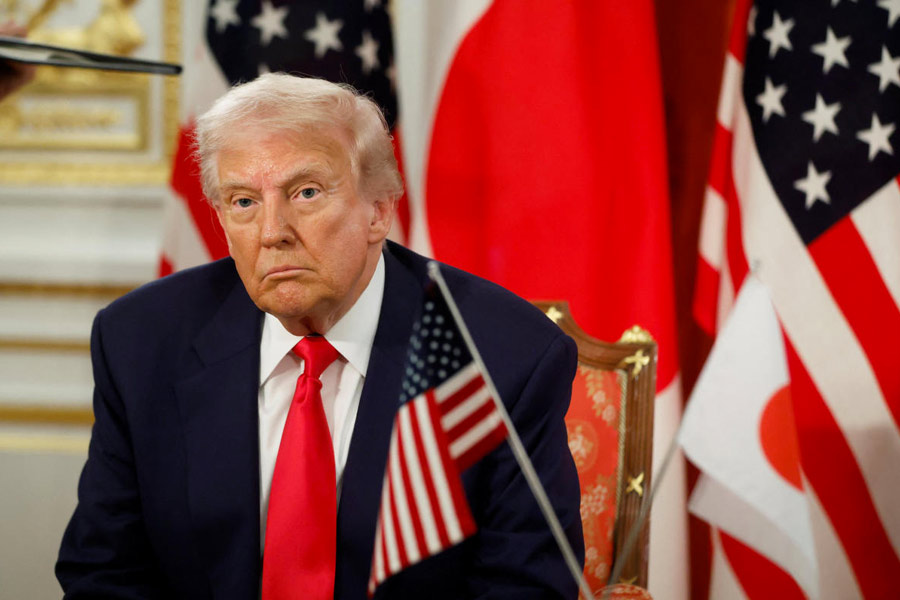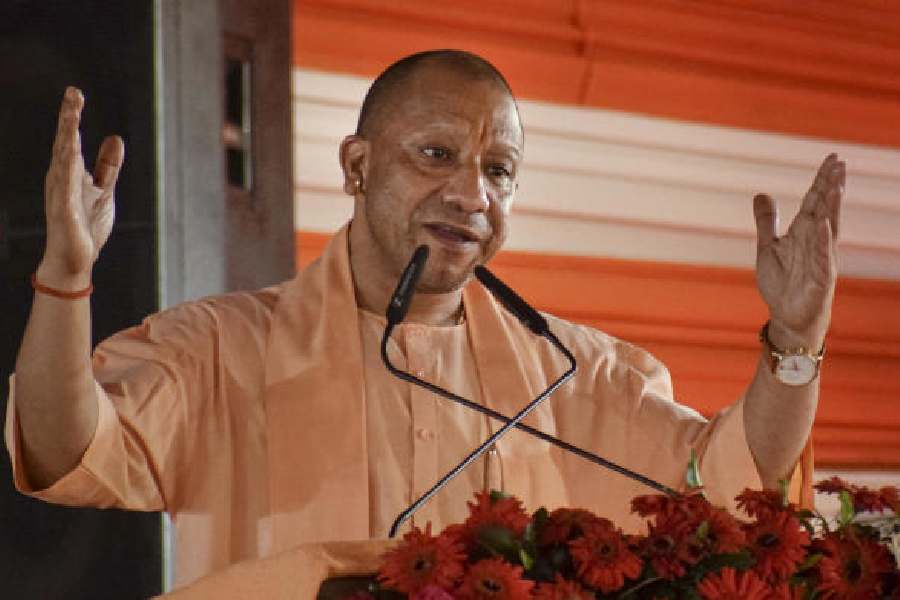 |
New Delhi, Aug. 11: The IITs have altered for the third time the formula they claim they used to determine cutoffs for the controversial 2006 entrance examinations, submitting different formulae to two different Calcutta High Court benches.
Two IIT directors — Guwahati chief Gautam Barua and Bombay boss Devang Khakhar — have placed before the high court a formula at variance with a procedure submitted under oath by another senior IIT official.
Since only one formula could have been used that year, at least one of the two procedures submitted by the IITs to the high court has to be inaccurate. The court is expected to hear the case tomorrow.
The fresh alteration in the formula follows failure by the institutes to justify the cutoffs they used in 2006 based on any of the three previous formulae they said they had used.
Appellants — parents of candidates — have already placed before the high court a report by statistics experts establishing that the earlier formula submitted by the IITs to the court cannot yield the cutoffs used in 2006.
IIT Kharagpur’s V.K. Tewari, who was organising chairman of the 2006 Joint Entrance Examination, had in 2007 submitted an affidavit to Calcutta High Court detailing what he claimed was the formula used the previous year.
The formula stated in the affidavit says that the scores of all students who secured at least one mark in physics, chemistry and mathematics each were considered for determining subject cutoffs.
The average score of all these students was calculated in the three subjects. The standard deviation — a statistical measure of the variations in scores of students — was then calculated for all these students in each subject.
In each subject, this standard deviation was subtracted from the average score to determine the cutoff for the subject. This procedure was submitted to the single-judge bench of Justice Biswanath Samaddar.
But the formula now submitted by the IITs to the bench of Justice Kalyan Jyoti Sengupta and Justice Mohammed Abdul Ghani is significantly different.
This formula also starts by considering the scores of all students who secured at least one mark in each of the three subjects, and calculates the mean and standard deviation in each subject.
But instead of setting subject cutoffs by simply subtracting the standard deviation from the average in each subject, this procedure uses a series of iterations. Unlike the procedure submitted by Tewari, the final cutoff for one subject depends on the scores of students in another subject in this procedure.
The procedure submitted by the directors of IIT Bombay and IIT Guwahati is the fourth different formula the IITs have cited in explaining the cutoffs used in 2006.
The first formula was released under the Right to Information Act by IIT Kharagpur, the organising IIT, in 2006. This formula was later changed in a fresh submission by the IIT before the Central Information Commission.
Tewari’s affidavit provided the third distinct formula before the latest submission to the high court.











